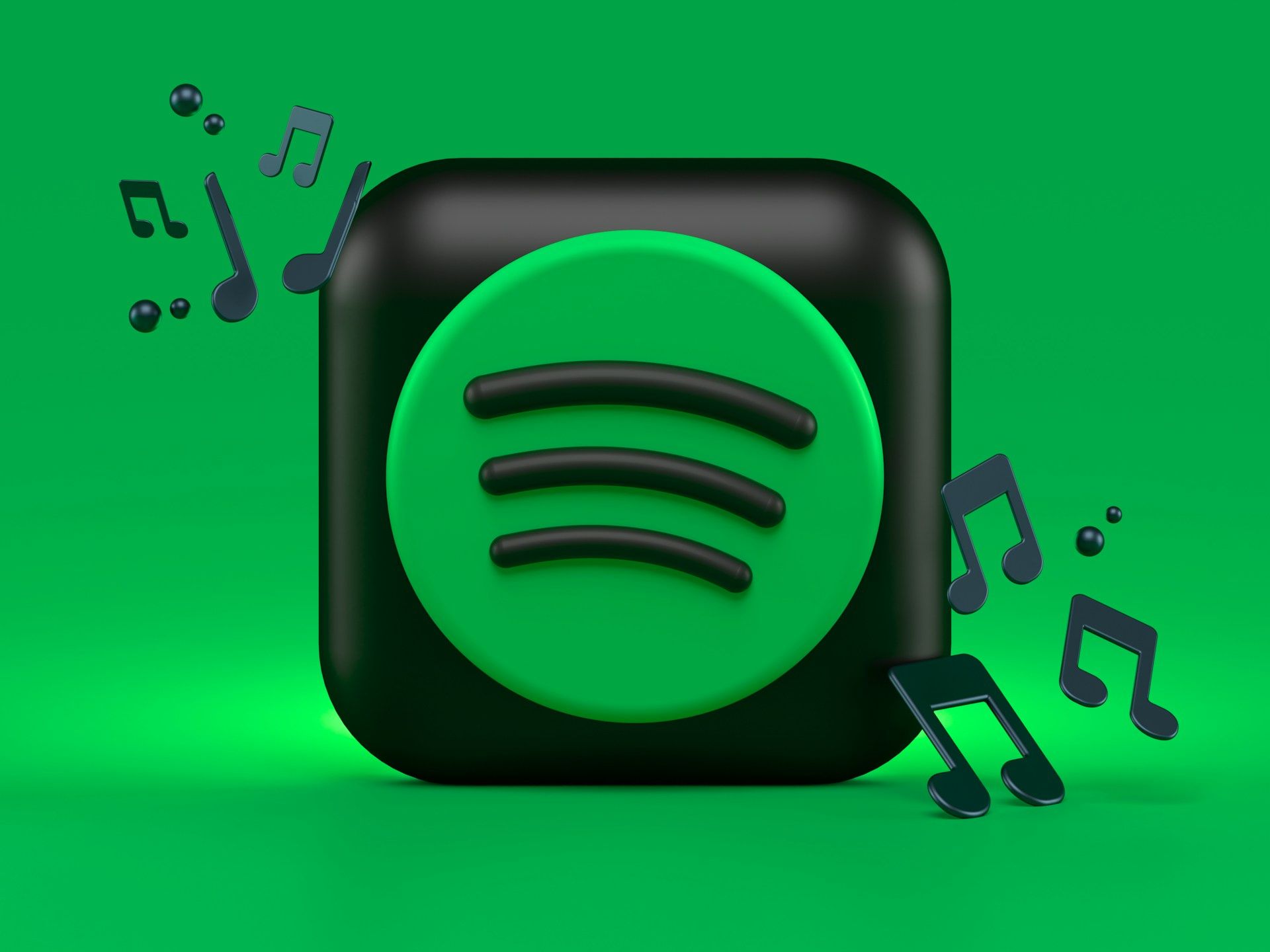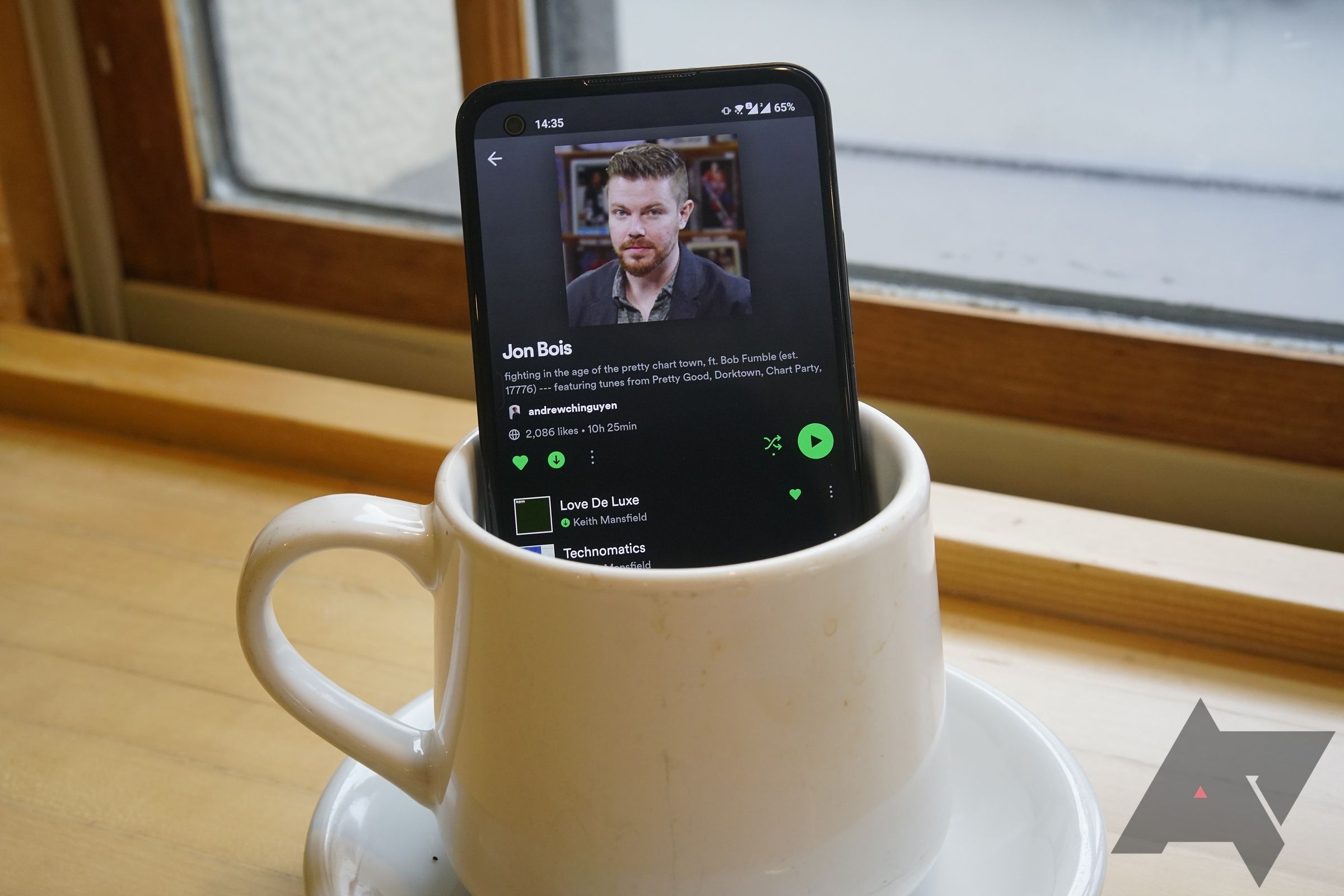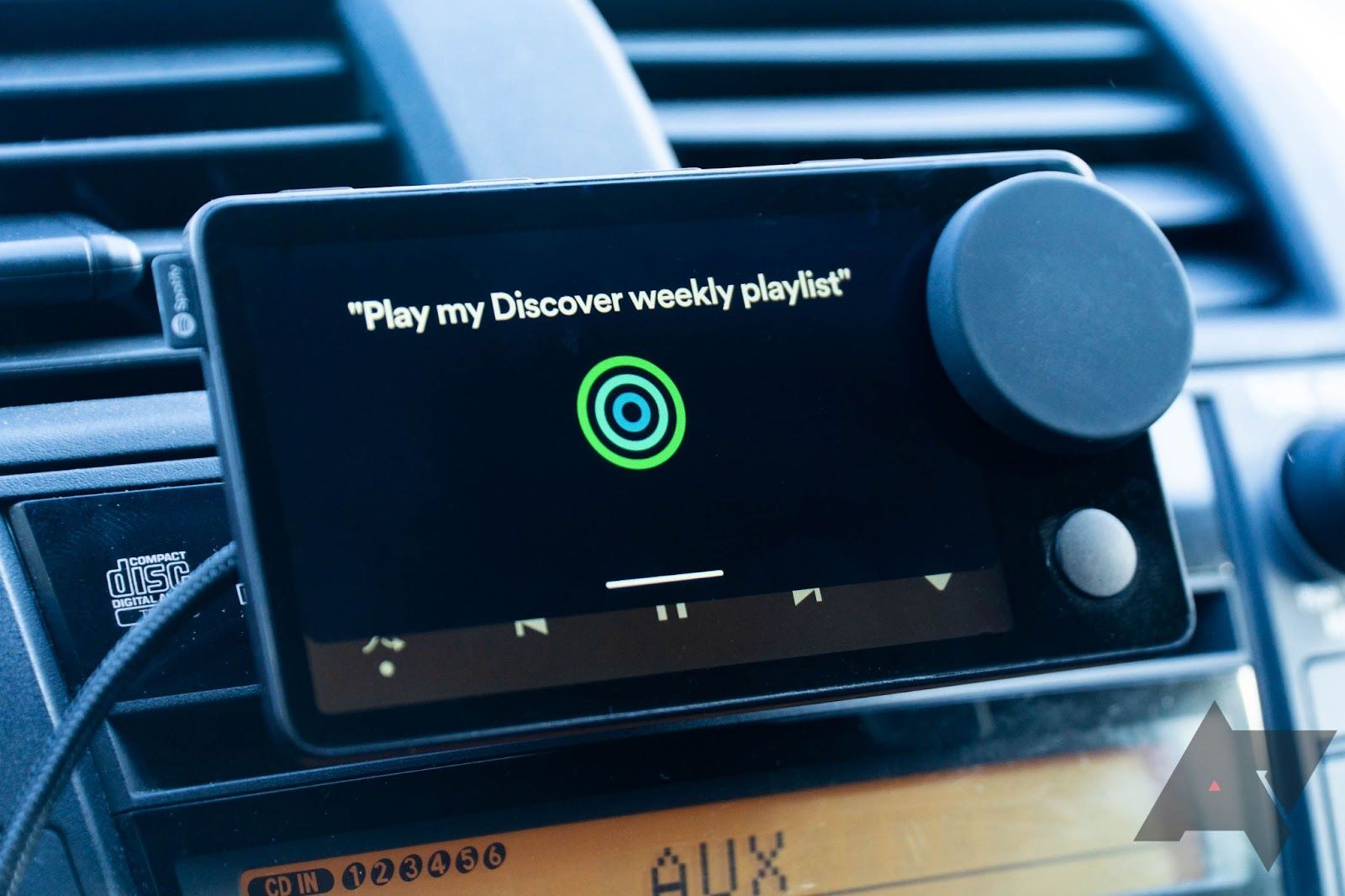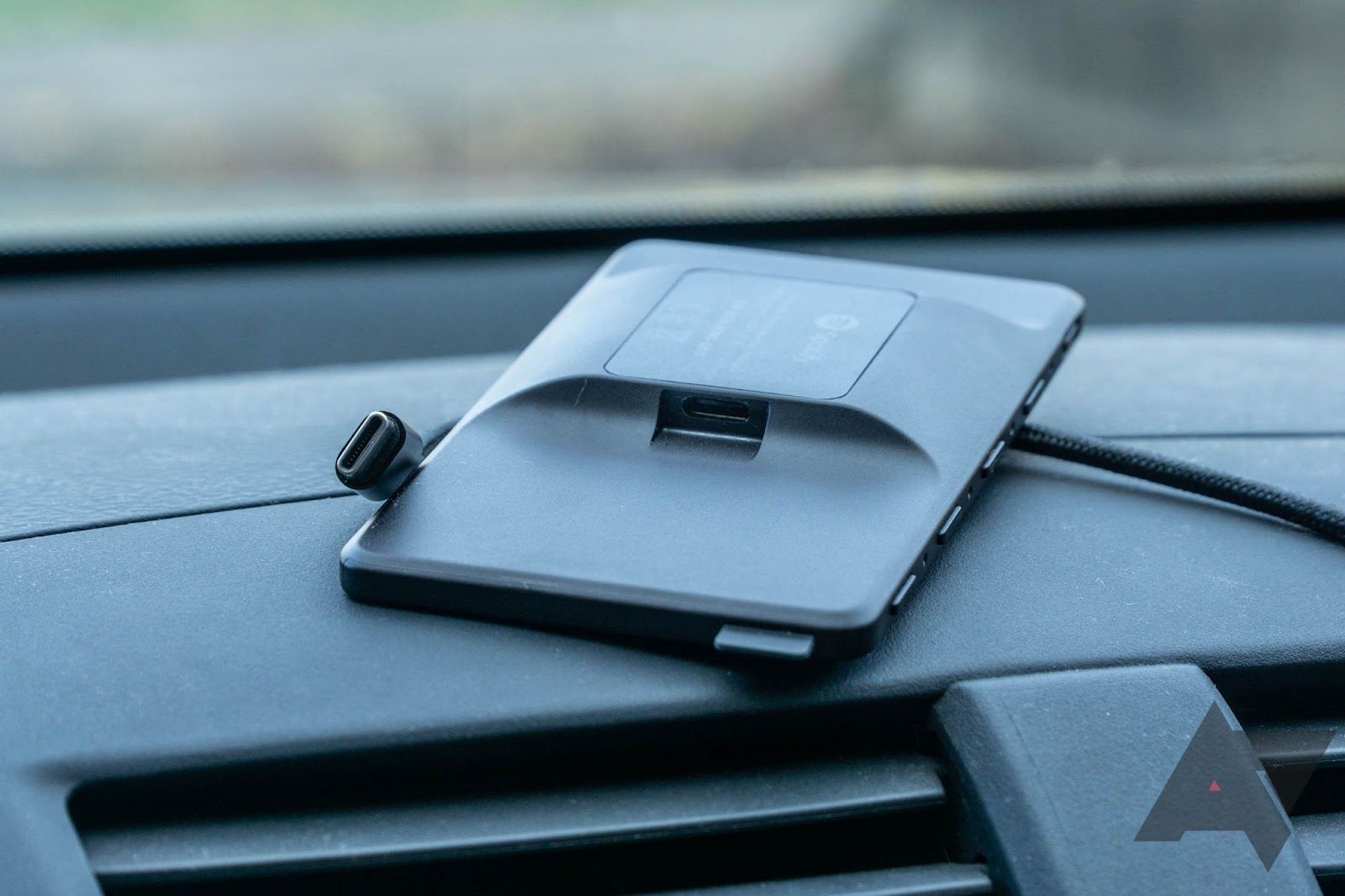Spotify swung and missed with its discontinuation strategy for the Car Thing, a touchscreen and dial interface for your tunes designed for driving. The company encouraged users to remember the good times, emailing Car Thing owners to say the company was “switching gears.” As it turns out, people don’t like it when their $90 devices turn into paperweights. So, there was a public outcry, and Spotify eventually gave in, issuing refunds to Car Thing owners who held onto their proof of purchase.
Customers getting their money back is a good thing. But this solution doesn’t solve what is arguably a bigger problem: every Car Thing will become e-waste later this year. In the tech industry, we have enough e-waste to worry about. The very nature of technology and consumerism forces products to become e-waste eventually, and recycling only does so much. Products destined for the landfill from the start make matters worse, and the Car Thing fits that category. It never stood a chance.

Related
How to download songs from Spotify
Access your Spotify playlists without an internet connection
Spotify’s handling of Car Thing is a disaster
Spotify wants to wipe its hands clean of this product
There are two big reasons why the Car Thing was always going to end up as a brick, and the first one is that Spotify never saw it as anything more of a pet project. If the company’s public communications throughout the Car Thing’s discontinuation aren’t convincing enough, Spotify’s statement to Ars Technica will. “The goal of our Car Thing exploration in the US was to learn more about how people listen in the car,” the company said in response to a question about E-waste and the possibility of open-sourcing Car Thing. “In July 2022, we announced we’d stop further production, and now it’s time to say goodbye to the devices entirely.”
At this point, the company’s word choice isn’t just a coincidence — it clearly indicates the Car Thing’s purpose. The accessory wasn’t a long-term project for Spotify, so it deemed the product an “exploration.” It’s also why the company casually said it was “switching gears,” disabling Car Things seemingly without anticipating the public outcry. How can a product survive if the company producing it isn’t even remotely committed? It can’t.
Car Thing is open source, but it doesn’t matter
Spotify made Car Thing for one thing, and one thing only
The talk about open-sourcing the Car Thing to extend its life is especially relevant because it is already open-source. Car Thing runs on Linux, and the official source code is posted on GitHub. It’s even easy to enter BootRom mode by holding a few buttons while plugging Car Thing in since it uses an Amlogic processor. That should make this thing easy to flash with other kinds of software for interesting projects, right? Unfortunately, no. While its Linux software makes the Car Thing a tinkerer’s dream, this device can’t do much more than it was made for. Car Thing is only an interface that connects to Android phones, so its onboard hardware is extremely weak.
Car Thing was doomed from the start
When you ship a product with 512MB of memory, you know what you’re doing
At the end of the day, the Car Thing was made to remotely control Spotify songs and podcasts from your phone. It didn’t need a lot of processing power as a result. But when you design a product, you can’t just include hardware that will enable its current capabilities. You need to plan for the future, giving the hardware room to grow and adapt over time. If Spotify had done this with the Car Thing, it would probably still be around as an open-source project. Instead, the company chose to include the bare minimum components. At this point, it doesn’t matter how much energy Spotify or the open-source community wants to put into keeping this product alive.
Whatever specs you think the Car Thing shipped with, the actual components are probably worse. The low-level Amlogic processor certainly limits what can be done with this device, but its storage and memory are the real limiting factors. It includes just 4GB of eMMC storage, which is painfully slow and won’t be enough to comfortably store even lightweight operating systems. It’s only downhill from there because Car Thing has just 512MB — yes, that’s MB as in megabytes — of RAM. I don’t want to doubt the passionate open-source community, but I’m unsure if anything useful can run on Car Thing with these specs.

Related
Spotify could boost shared listening sessions with a group chat feature
A neat social element to supplement Jams
Sure, these components are fine for what Spotify intended with Car Thing. However, it was doomed when Spotify decided to put the bare minimum specs into the product. There was no room for the product to grow because of the hardware. The best Spotify could do was keep Car Thing up and running in its current state for as long as possible. But the company clearly didn’t want to do that either, so the Car Thing is the latest consumer product to become e-waste too soon.
Source link




